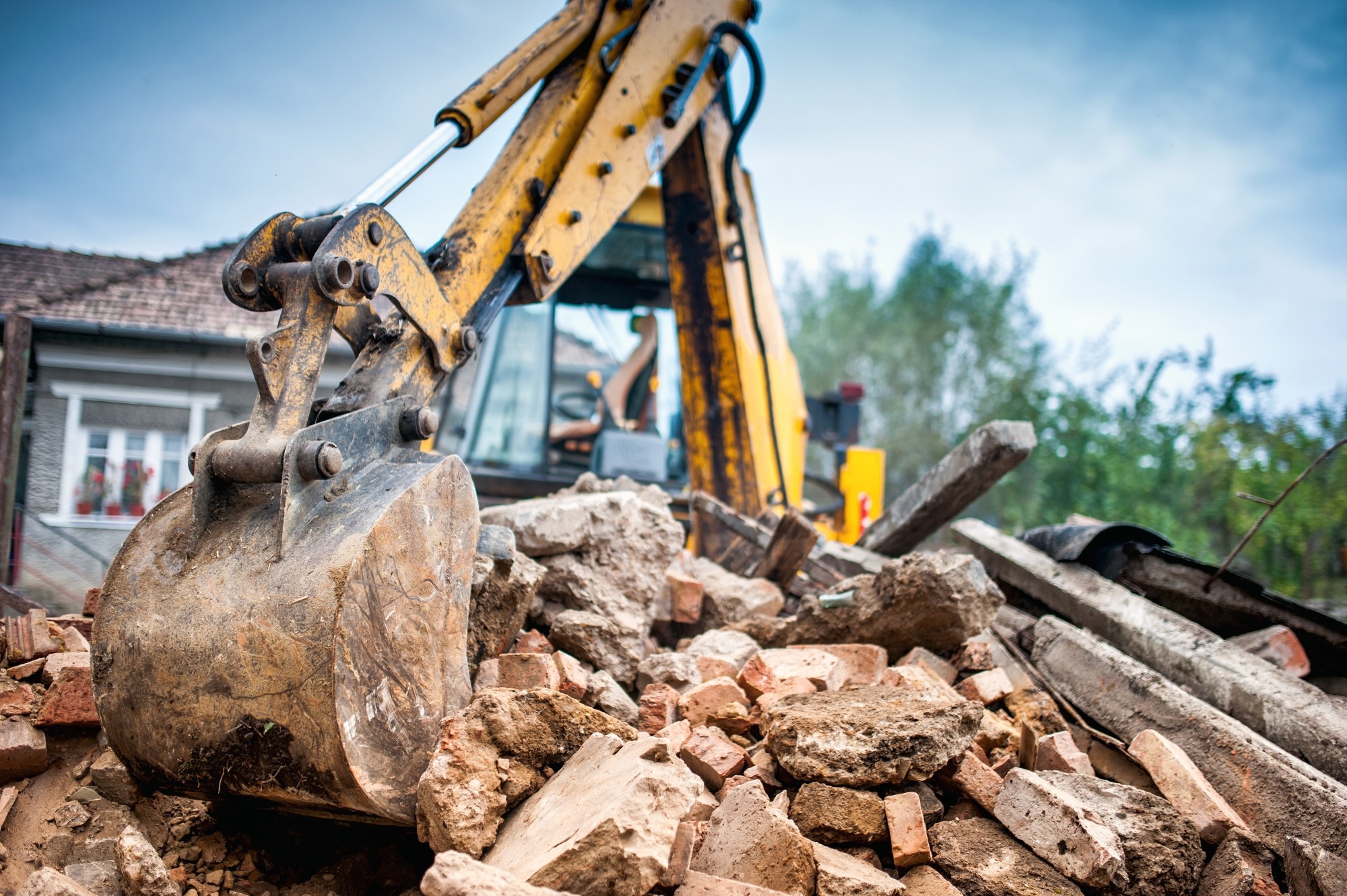 By Nidhi DhullReviewed by Susha Cheriyedath, M.Sc.Apr 14 2024
By Nidhi DhullReviewed by Susha Cheriyedath, M.Sc.Apr 14 2024A recent study published in the journal Sustainability proposes a building information modeling (BIM) framework to assess the environmental impacts of different construction and demolition waste (CDW) management strategies, including reuse, recycle, energy recovery, and landfill.
 Study: BIM Framework for Sustainable Construction Waste Management. Image Credit: bogubogu/Shutterstock.com
Study: BIM Framework for Sustainable Construction Waste Management. Image Credit: bogubogu/Shutterstock.com
Conventional CDW Impact Assessment Methods
Construction and demolition waste (CDW), derived from building sites and demolitions, encompasses a variety of materials, including inert substances like concrete and bricks, as well as non-inert materials such as wood and plastic, and toxic elements like heavy metals. These materials are frequently disposed of through unsustainable methods like incineration, leading to significant environmental issues such as greenhouse gas emissions, land degradation, and rapid landfill depletion.
In this study, researchers have utilized specific environmental impact indicators—global warming potential and resource consumption—to evaluate various CDW management scenarios.
Traditionally, most studies have used Life Cycle Assessment (LCA) to analyze the environmental impacts of processes such as demolition, recycling, transportation, and landfilling. LCA assesses the waste impacts of a product or process throughout its lifecycle, focusing on carbon emissions and resource utilization. However, these studies often neglect a multi-indicator analysis that includes vital elements like energy recovery.
Accurate data collection and segregation are essential for effective environmental impact assessments of CDW. These assessments require detailed quantification of CDW by type, quantity, and location. Traditional methods, such as on-site direct measurement surveys that capture weight and volume, are labor-intensive, costly, and time-consuming. Moreover, while estimations based on material inventory and flow are effective on a regional scale, they fall short in accurately addressing waste from individual building demolitions. This study suggests that Building Information Modeling (BIM) provides a more efficient solution to these data collection challenges.
Proposed BIM-based Assessment
BIM (Building Information Modeling) is an information management process used throughout a building's lifecycle, focusing on the collaborative use of semantically rich 3D building models. This framework facilitates the rapid, systematic collection of accurate data. When combined with suitable waste indicators, BIM can address complex quantification issues in CDW management.
The researchers used an integrated BIM-LCA approach to establish a conceptual framework that can effectively evaluate different CDW management practices. BIM was employed to estimate the correct CDW information, and mathematical formulas were used to quantify the impact of indicators. BIM data was then fed back to the LCA method for a comprehensive assessment of CDW management in terms of global warming potential and resource consumption.
The life cycle model of CDW considered all three stages—generation, transportation, and disposal—to ensure a thorough impact assessment. CDW was categorized into three groups: Group A (metal, plastic, timber, glass), Group B (concrete, cement, brick, ceramic tile), and Group C (mixed fragments).
For data collection, the Revit 2016 software was employed to simulate architectural and structural details of buildings, including main structural elements (columns, walls, doors), materials (concrete, brick, glass), and utility installations (plumbing and electrical systems, predominantly plastic). The data was sourced from field surveys, literature reviews, and publicly available databases.
Drawing on real-world examples, the researchers proposed three distinct CDW management scenarios to identify environmentally friendly options.
The first scenario adopts a “resource-product-waste” economic model with less than 5 % recycling and reuse, primarily of high-value metals. The second scenario follows an open 3R (reduce, reuse, recycle) strategy, aiming to minimize landfill flow and manage final disposal effectively. The third scenario advocates for a circular economy, viewing today's products as tomorrow's resources, thus promoting a sustainable cycle in a resource-limited world. This approach assumes that materials sold in the market can completely substitute for raw materials and that materials processed in recycling facilities can replace natural materials fully.
Carbon emissions and cumulative exergy consumption for each scenario were calculated using the developed BIM-LCA framework.
Significance of the Work
A circular economy strategy, which efficiently reuses plastics, wood, glass, and metals, generates recycled aggregates from cement and concrete, recycles ceramics and bricks, and utilizes remaining waste in energy recovery, has demonstrated considerable efficacy in reducing carbon emissions (up to 6.641 × 105 kg CO2 eq). Additionally, it conserves resources and prevents 4.601 × 107 MJ energy consumption, thereby significantly mitigating environmental impacts.
While the research is specific to high-rise residential buildings, the principles and framework developed can be applied to various building types. However, it is important to note that the outcomes assume ideal conditions in CDW management, which may represent a best-case scenario.
Despite these limitations, the study promotes innovative building management and encourages the adoption of sustainable practices in the built environment through BIM. Given the rapid pace of industrialization and urbanization, which heightens environmental and health risks associated with CDW, these findings provide a foundation for governmental bodies to develop effective CDW management policies.
Journal Reference
Wang, S., Wu, Q., & Yu, J. (2024). BIM-Based Assessment of the Environmental Effects of Various End-of-Life Scenarios for Buildings. Sustainability (Basel), 16(7), 2980–2980. https://doi.org/10.3390/su16072980
Disclaimer: The views expressed here are those of the author expressed in their private capacity and do not necessarily represent the views of AZoM.com Limited T/A AZoNetwork the owner and operator of this website. This disclaimer forms part of the Terms and conditions of use of this website.